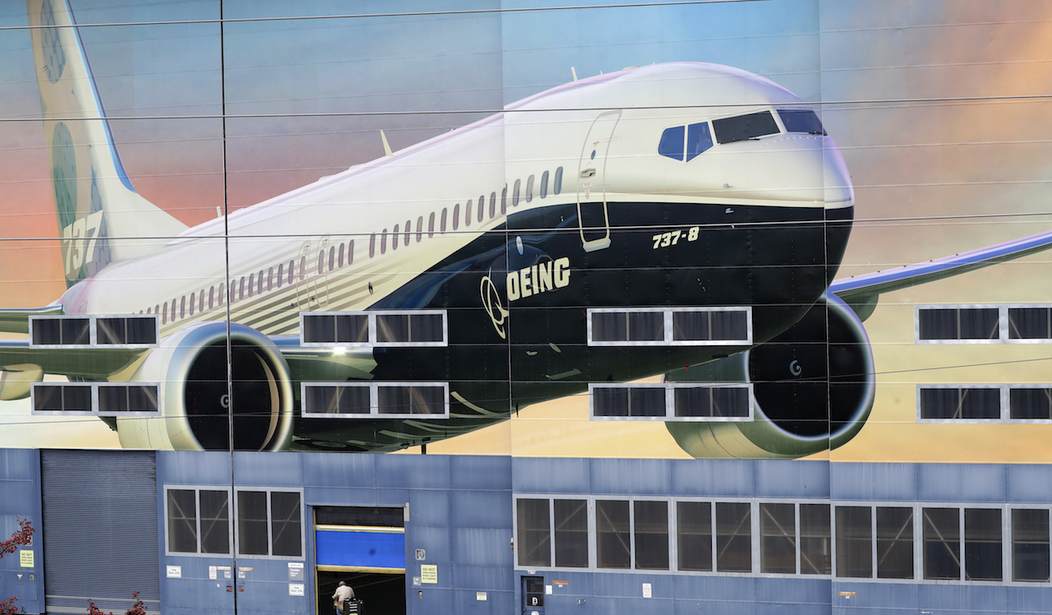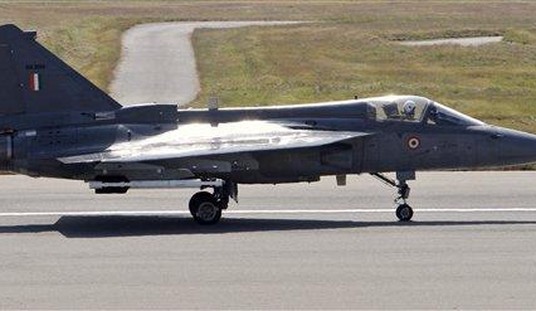Passengers on board a Korea Air flight last weekend were treated to an unplanned 26,900-foot descent, resulting in several injuries. Seventeen passengers on the flight from Incheon to Taichung required medical attention for everything from hyperventilation to eardrum pain, according to reports.
None of the injuries were serious, thank goodness. The controlled descent was due to a pressurization fault in the Boeing 737 MAX 8 airliner. The pilot had to take the plane below 10,000 feet, where there would be enough air for passengers to breathe since the famous in-case-of-emergency masks provide only enough oxygen for 10-15 minutes.
The emergency was that the plane was losing cabin pressure, and there is barely any oxygen at a typical cruising altitude of around 35,000 feet.
What caused the pressurization problem? I'll get to that in a moment.
In March of this year, the FAA announced it wants "inspections of Boeing Max planes for wiring flaw that could lead to 'loss of control.'"
Two Boeing 737 MAX 8 planes crashed in 2018 and 2019, killing all on board both flights. The culprit was a fault with Boeing's Maneuvering Characteristics Augmentation System, or MCAS, and the lack of training at some airlines to deal with it. To put it in the simplest terms, MCAS was a software patch to make the 737 MAX 8 handle like older model 737s, even though its all-new engines gave it different handling characteristics. When MCAS failed, the plane stopped responding as expected, leading to two deadly crashes.
I've seriously simplified things here so we can quickly move on to the broader issue.
Recommended: While Putin Wages War on Ukraine, Islam Goes to War Against Russia
Saturday's Korea Air incident was unrelated to what brought down those Lion Air and Ethiopia Airlines flights five years ago but could be indicative of yet another problem with the troubled airliner. In February, Boeing discovered a problem with improperly drilled holes in the fuselages of 50 undelivered 737s.
“While this potential condition is not an immediate flight safety issue and all 737s can continue operating safely, we currently believe we will have to perform rework on about 50 undelivered airplanes," the company said at the time.
Similarly, Boeing's 787 Dreamliner has been plagued with electrical and structural issues that have led to groundings, production delays, and canceled orders. While we don't yet know what went wrong with Saturday's Korea Air flight, it looks like a manufacturing defect due to Boeing's ongoing quality control issues is likely to blame.
Meanwhile, Boeing might just be preparing to double down on the situation that got them into this mess.
Yesterday at Instapundit, I linked to an Aviation Week report indicating that a plurality of Boeing's suppliers believe that the company's "Chief Operating Officer Stephanie Pope will be the next Boeing CEO." Her corporate bio says that Pope "was vice president and chief financial officer of Commercial Airplanes, from December 2020 to March 2022, with responsibility for the financial management and strategic, long-range business planning for the business unit."
Cost-cutting helped get Boeing into this mess. Pope's specialty is cost-cutting, and her time at the company's Commercial Airplanes division doesn't exactly indicate that she's the person to clean that mess up.










Join the conversation as a VIP Member